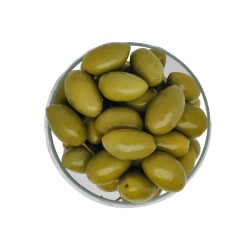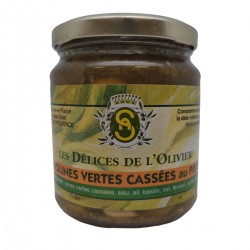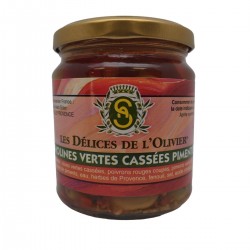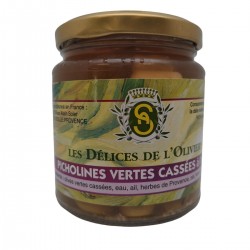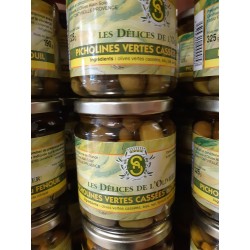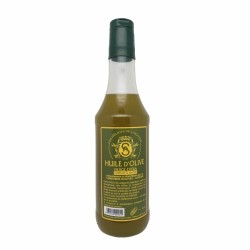
The Picholine, Olive Treasure of France
The Picholine, Olive Treasure of France
Origins of the Picholine
The Picholine is a variety of French olive, originating from Gard, but its fame now extends beyond borders, being cultivated worldwide.
In the 17th century, the Picholini brothers, of Italian origin, settled in Saint-Chamas, in the Bouches du Rhône region, and popularized a recipe to make olives edible without losing their green color.
This recipe, initially applied to the local variety Saurine, reached its peak with a variety from Gard, the Picholine.
Also known by names such as Picholine du Languedoc, Coiasse, Colliasse, Piquette, Plant de Collias, Fausse Lucques, or Lucques Bâtarde, it has conquered the world under different names, including in Tunisia, where it is known as Judoléine.
Culture and Production
Cultivating Picholine is rooted in specific conditions, mainly in the favorable regions of Gard, in the Alpilles, and beyond.
Traditional methods, inherited from the 17th century, have evolved to incorporate modern techniques.
The region of Collias, between Uzès and Remoulins, plays a crucial role in the cultivation of this olive.
Ancient agricultural practices harmoniously blend with contemporary production processes, thus creating a distinctive olive oil.
Through these elements, the Picholine emerges as an olive treasure, reflecting the richness of its terroir and the ingenuity of French producers.
Impact and Future
The influence of Picholine goes beyond its role as a table olive or olive oil.
Its fruity and green character, with aromas of apple, pear, and herbaceous notes of hay, makes it a prized ingredient in French gastronomy.
Beyond its culinary impact, Picholine is at the heart of sustainable initiatives.
Producers are committed to environmentally friendly practices to ensure the preservation of this exceptional variety.
Today, Picholine continues to thrive, symbolizing an olive treasure that transcends French borders, heralding a promising future for this iconic variety.

